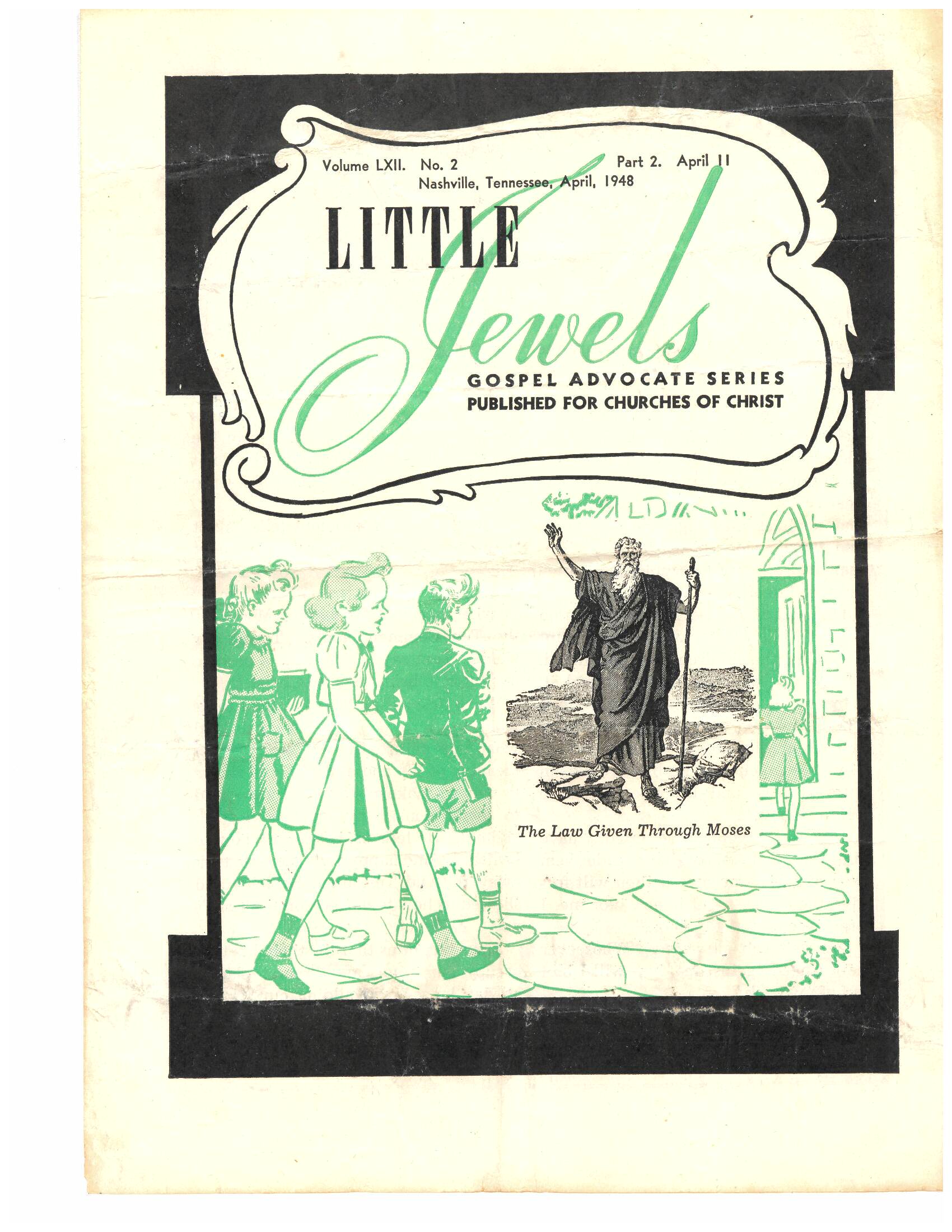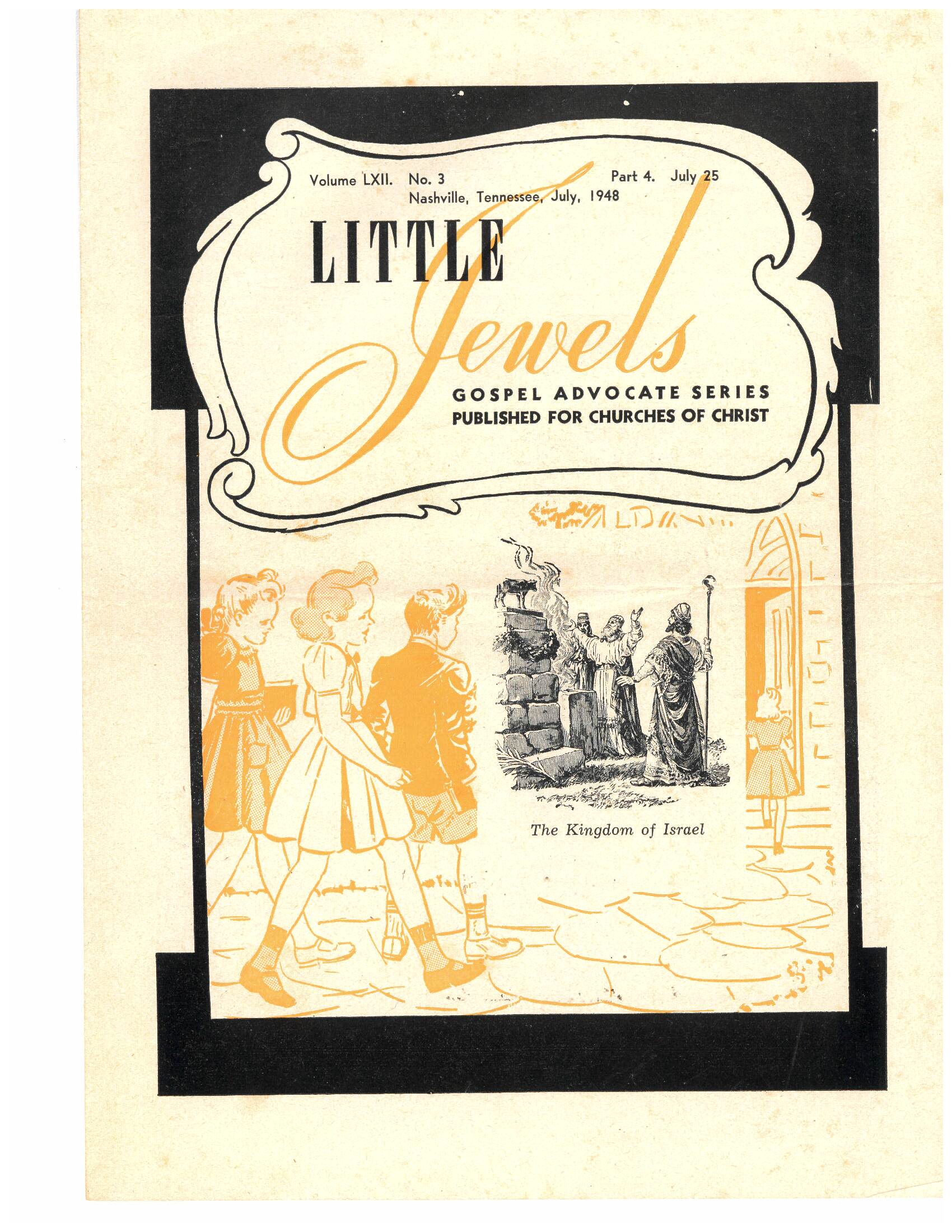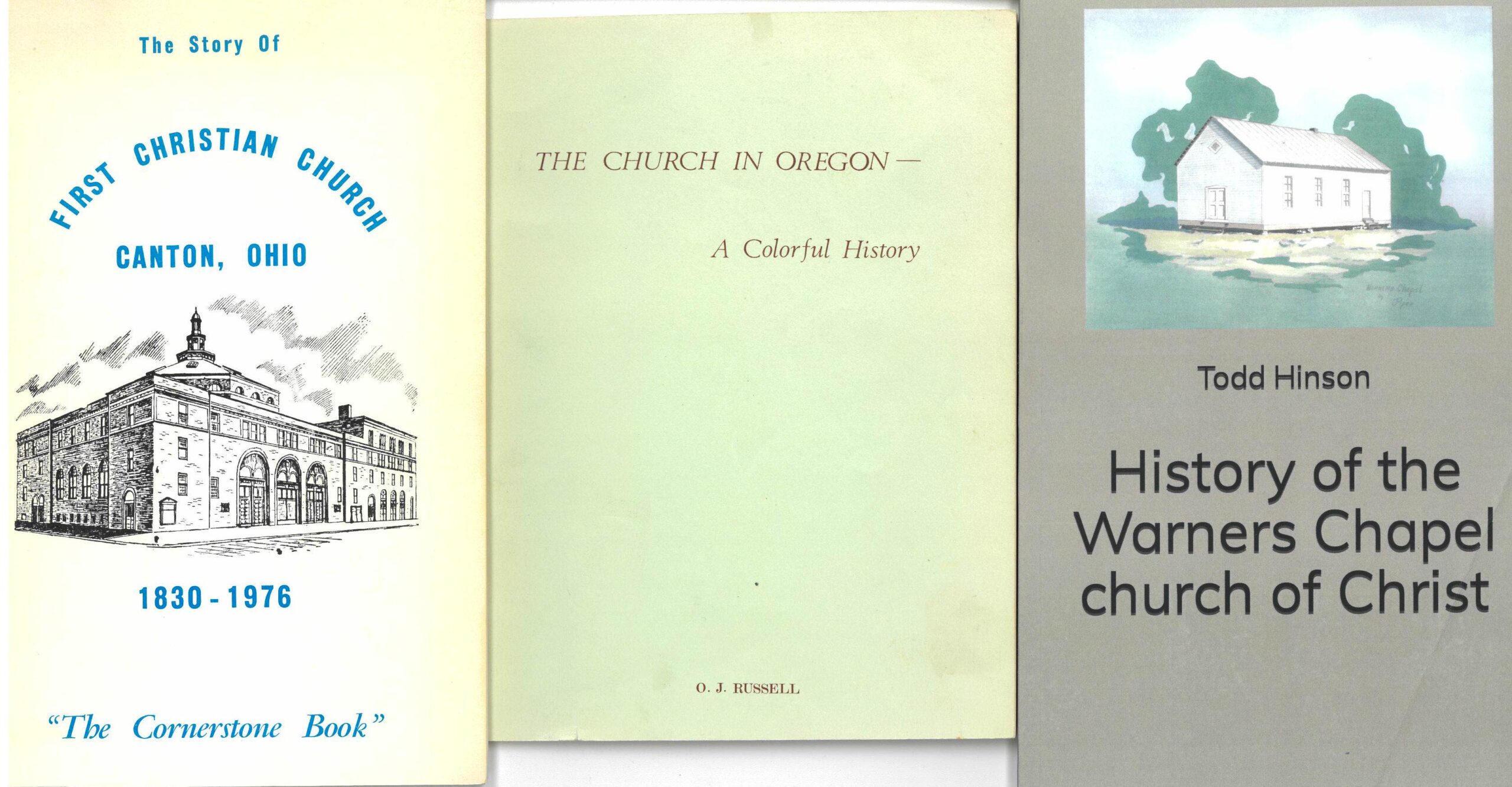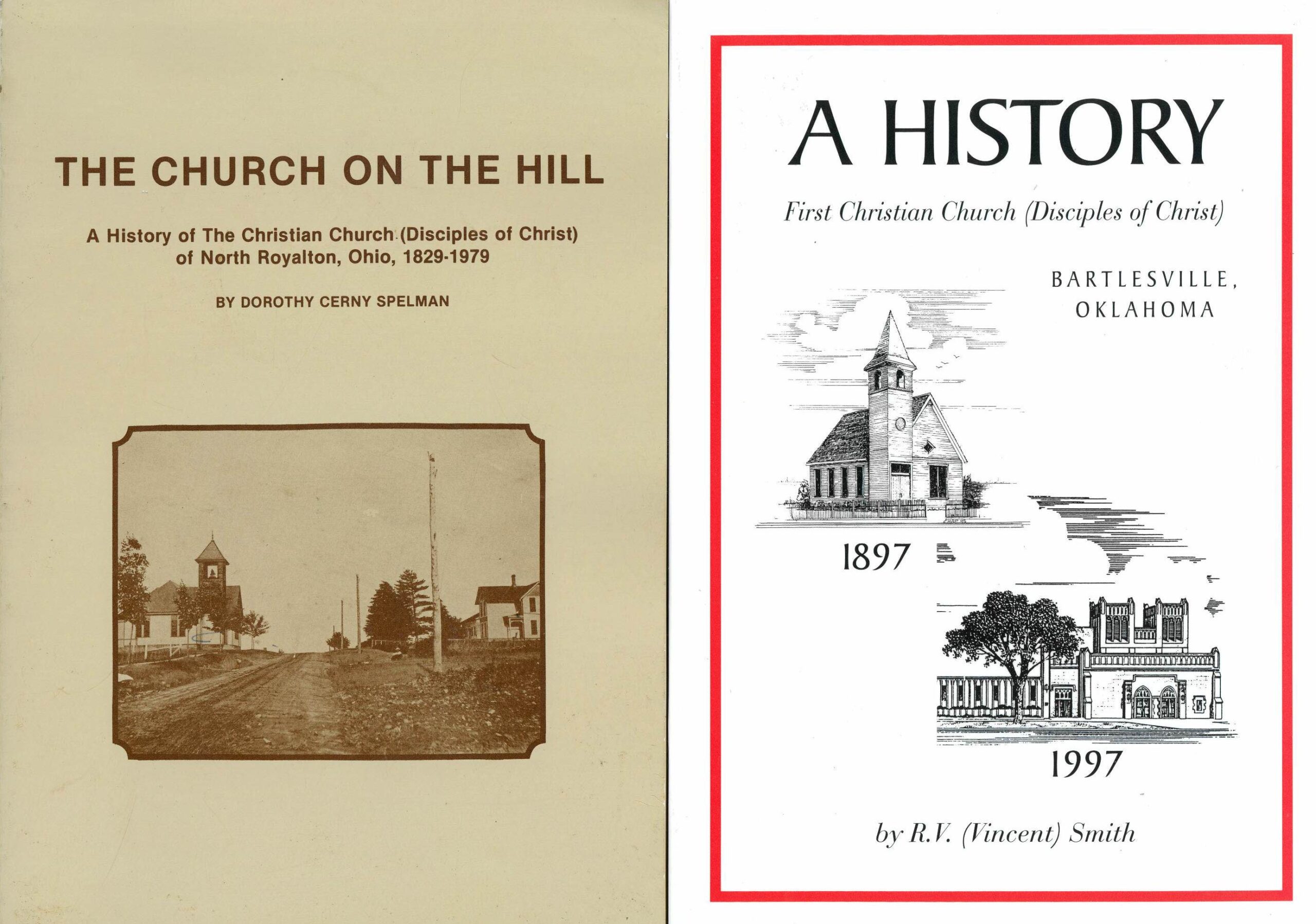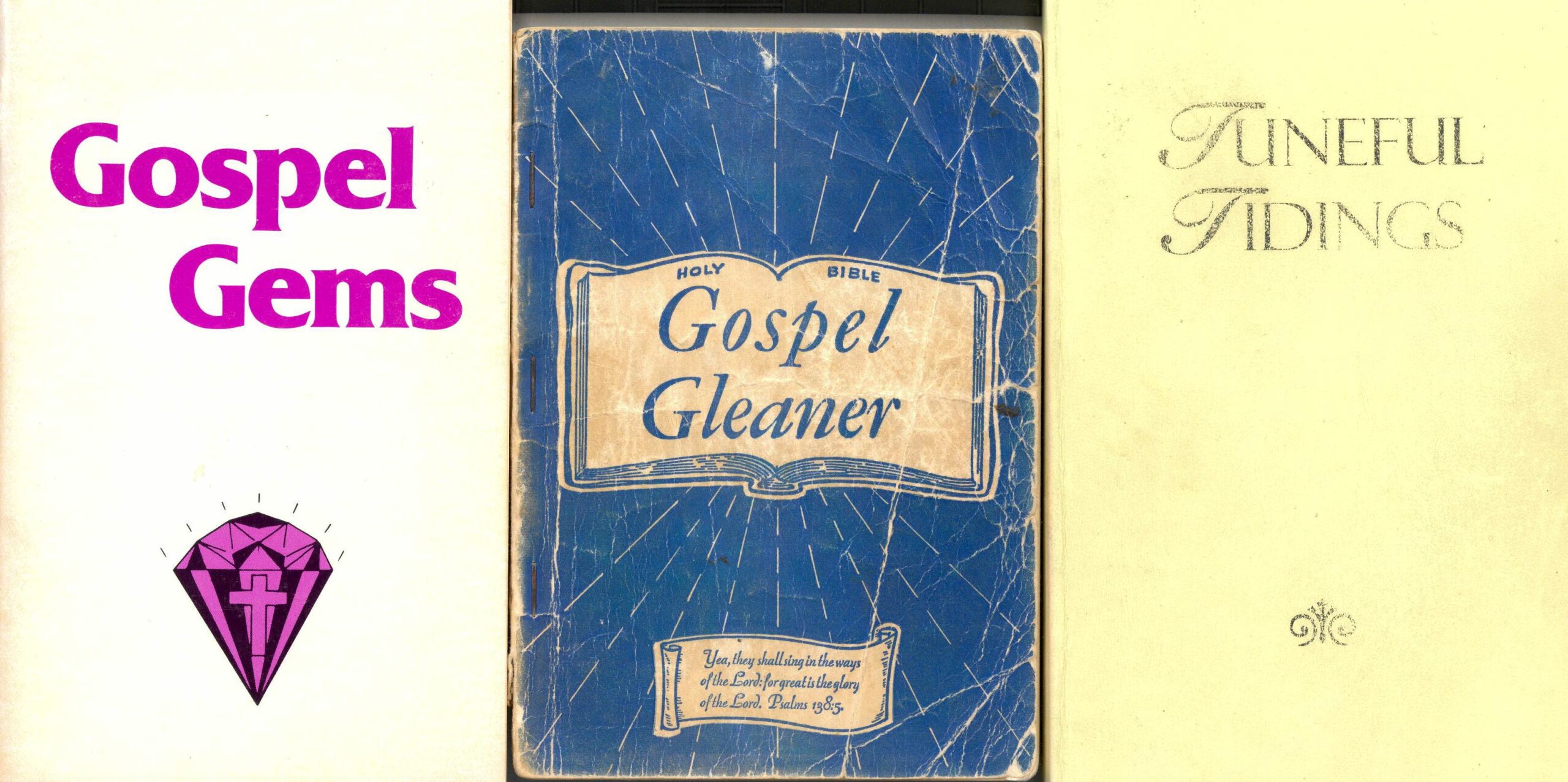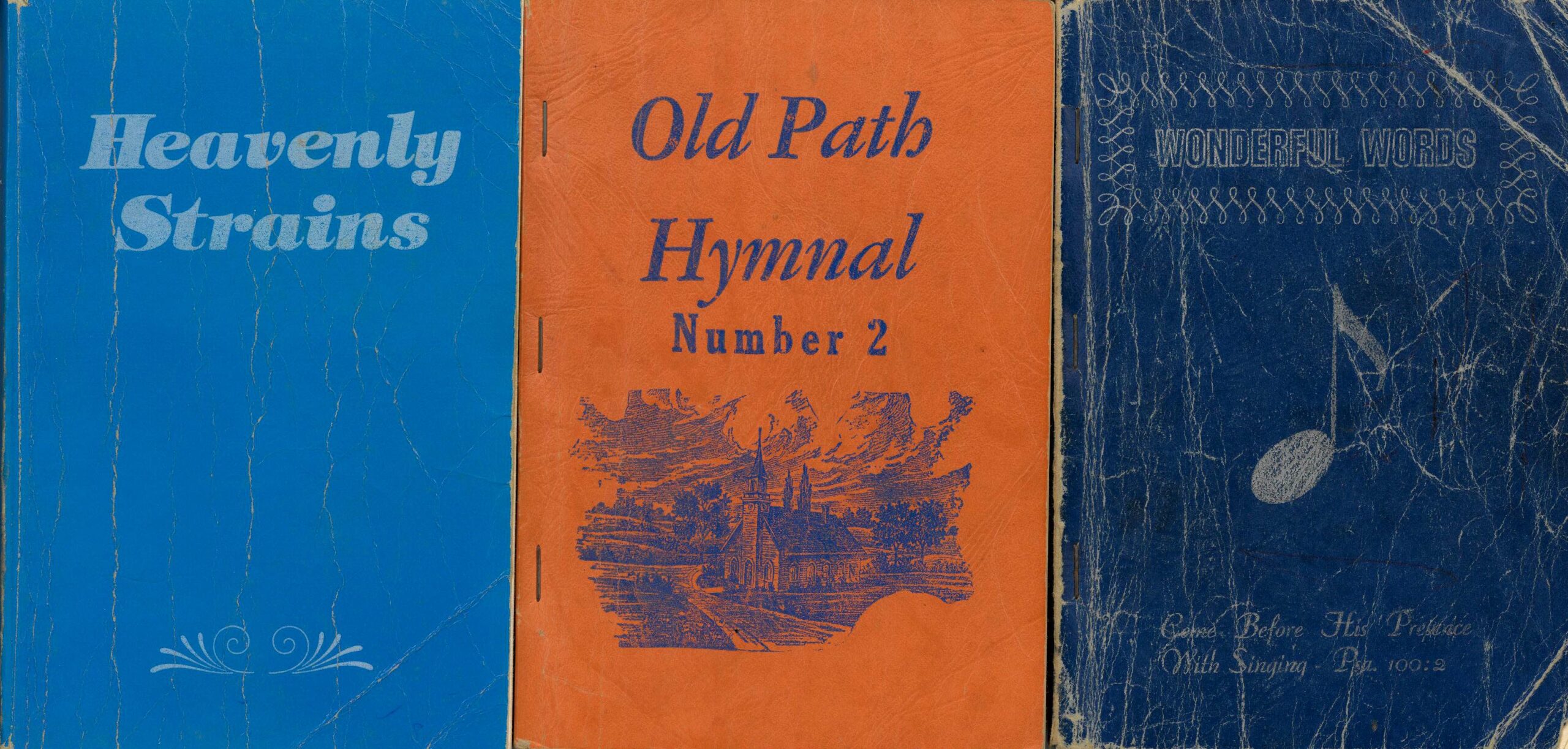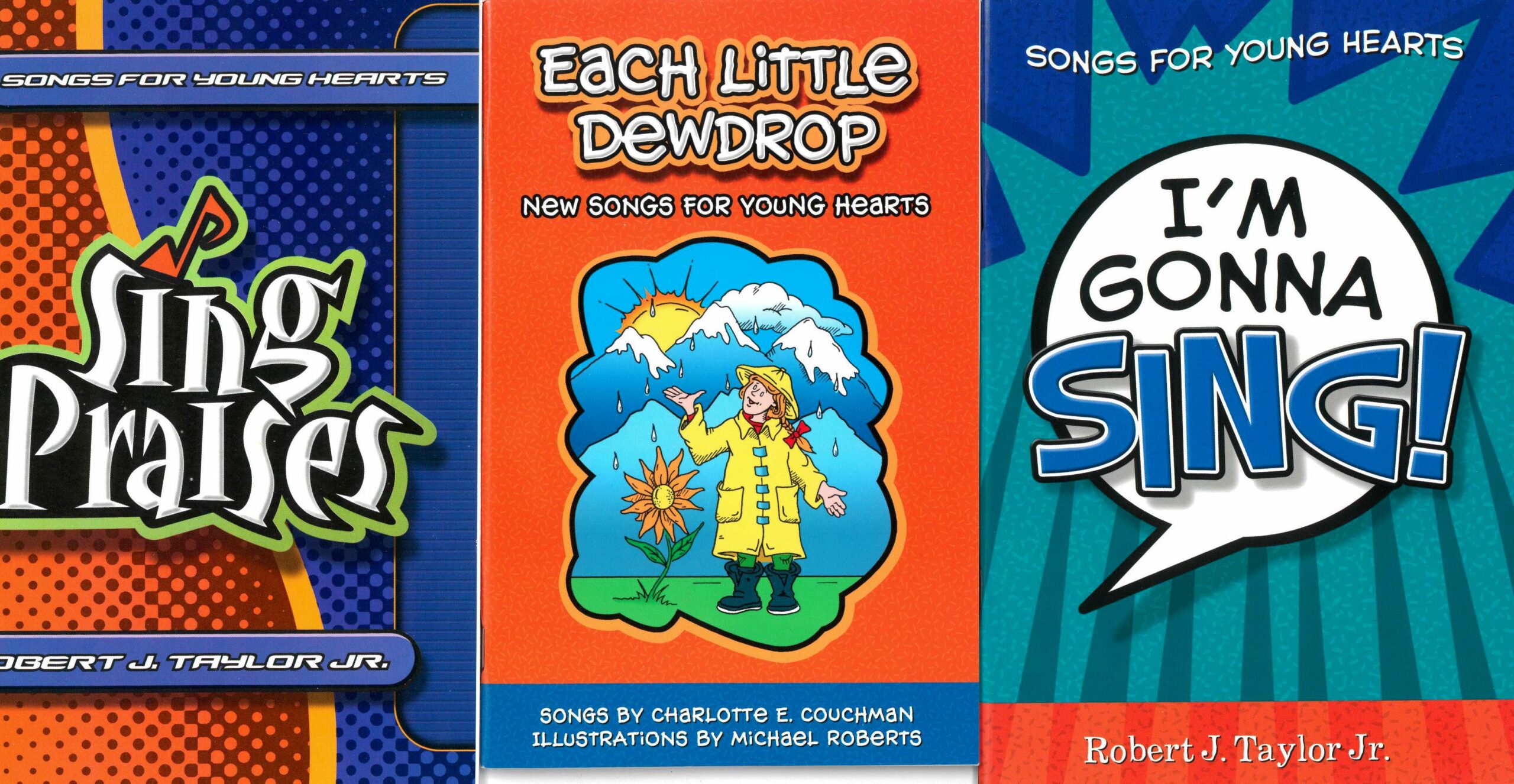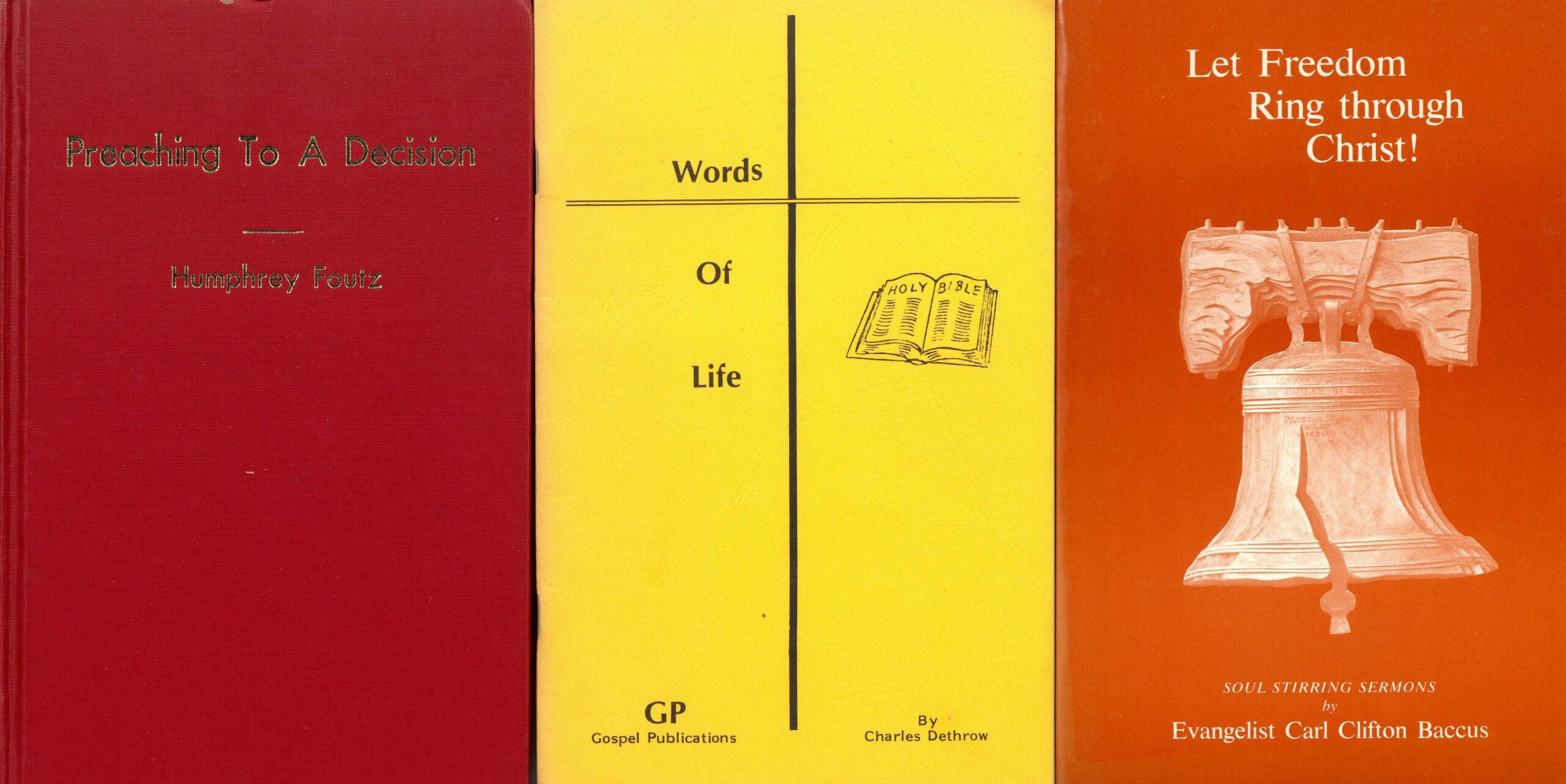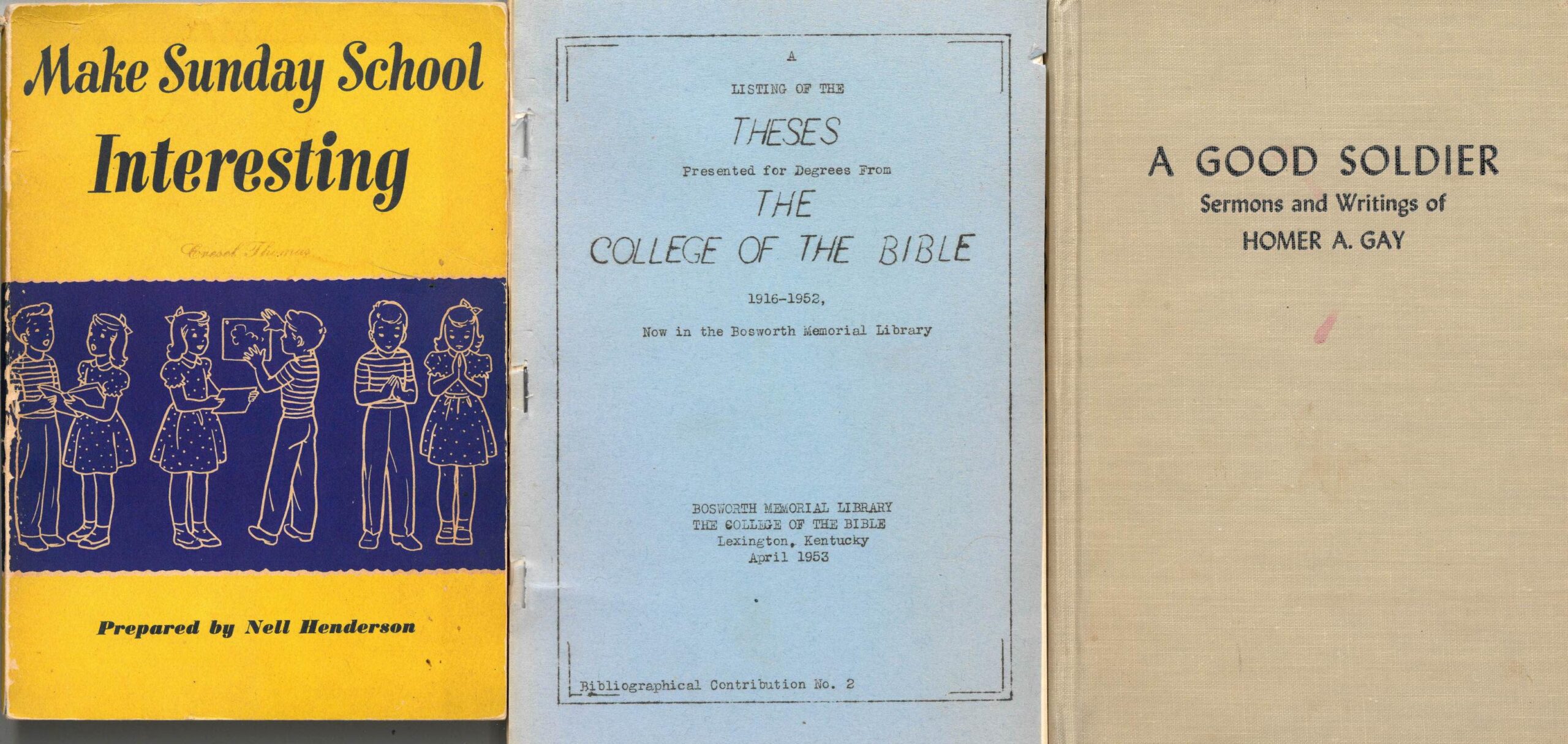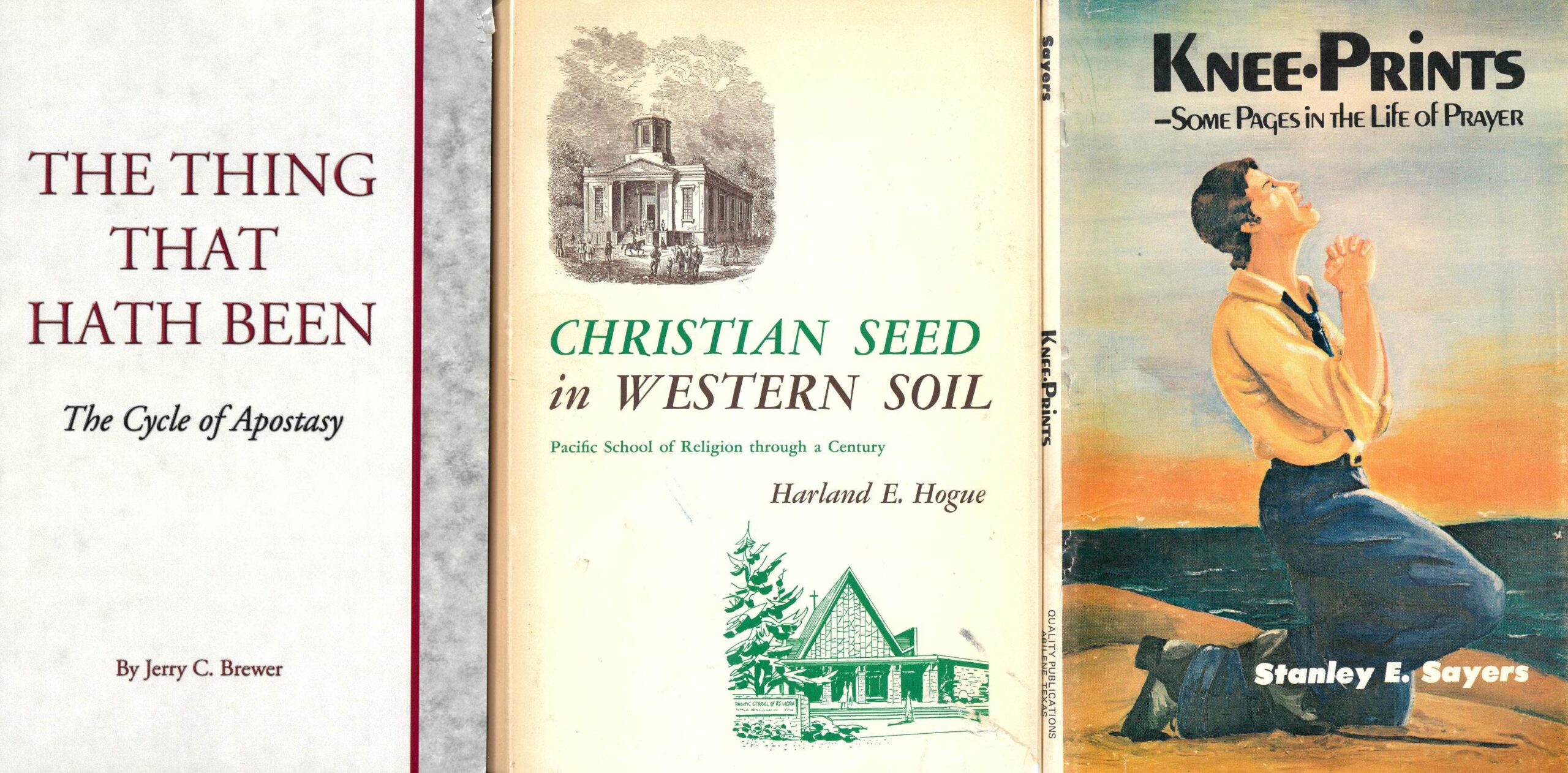Each month I check in here to provide updates about the growth and development of our print collections. We steward several print collections of books, periodicals (both bound and loose issues), tracts, and pamphlets. We also catalog audio, video, and digital materials in several formats which were/are published or otherwise widely distributed; nearly all of them are either produced by the University or are Stone-Campbell-related. These are discoverable through the online library catalog. As an aside, we have tens of thousands of A/V items (reels and cassettes, mostly) in our archival collections. These items are usually not published or mass-produced, such as sermons delivered at congregations. These are discoverable, in varying degrees, through the finding aids we create for each collection.
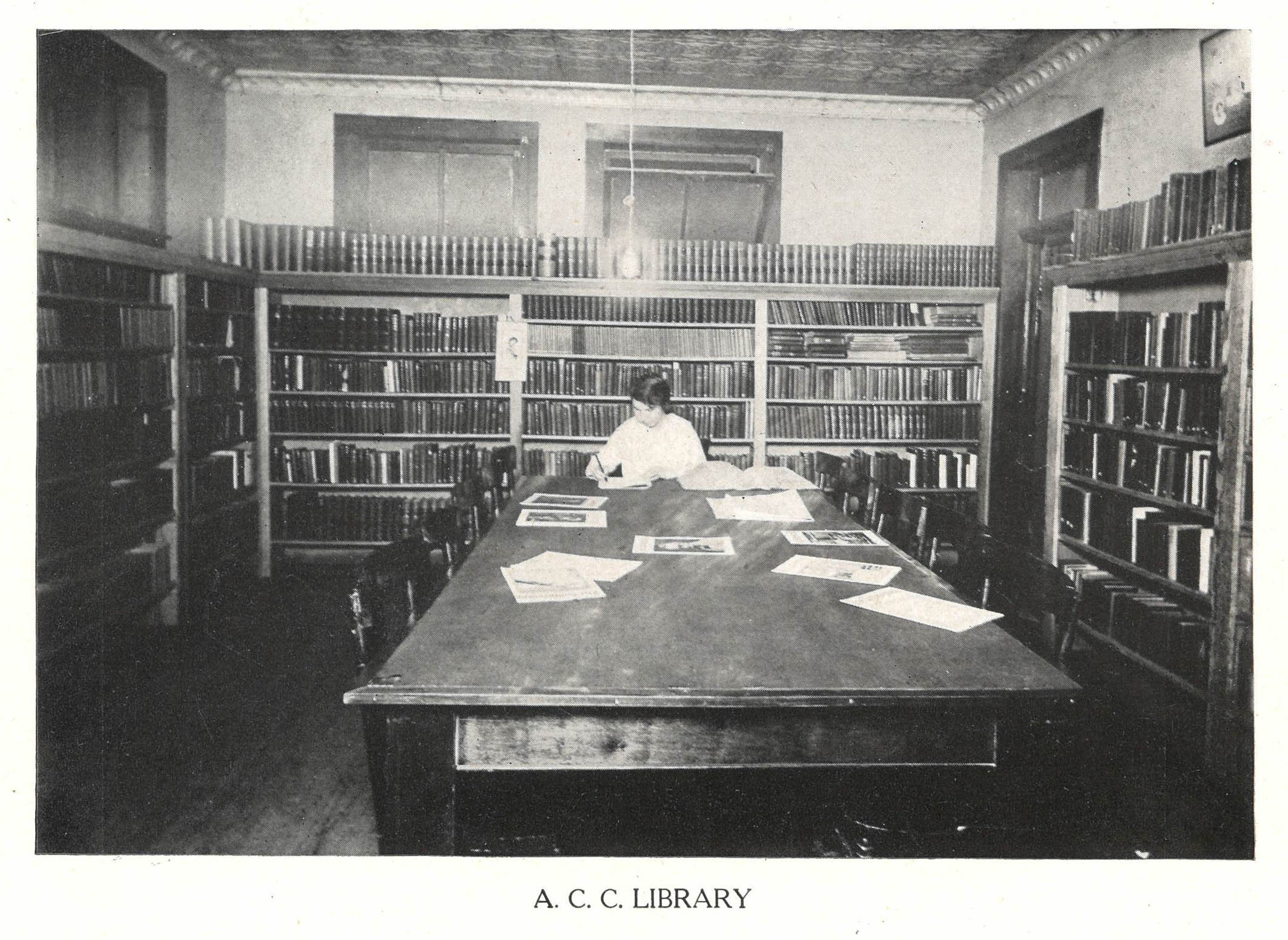
Library, Abilene Christian College, 1917. The library was in the Administration Building on the old downtown campus. The Prickly Pear Yearbook for 1917 is available at: https://texashistory.unt.edu/ark:/67531/metapth39970/m1/44/
In nearly every case, when we add items to print collections, the new catalog records are also pushed over to Worldcat so they are globally discoverable. Many of the Stone-Campbell items we preserve have never been cataloged before, so each month in my blog posts I call attention to how original cataloging is a tremendous contribution to knowledge about information resources from and about the Stone-Campbell Movement. Additionally, I am always looking out for variant editions and printings of Stone-Campbell items so our collection represents the full breadth of our publishing activities. These variations are also noted in the catalog records.
As we begin 2024, with great thanks to our colleagues and student workers in Technical Services, we can reflect on the addition of 2055 items* to our print collections. Thank you to Shan Martinez and Susannah Barrington who created hundreds of original records, did–or supervised students in doing–copy cataloging for multiple hundreds of records and supervised several student employees to make sure the cataloging tasks were completed accurately and in a timely way. Shan’s work in 2023 is especially significant in that she–again– cataloged box upon box of unbound periodicals this past year, and led a team of student workers to get everything processed, labelled, verified, and ready for our shelves.
*Some of these ‘items’ in my monthly lists are in reality only the titles of items which in the case of loose periodical issues represent many, many (many) more ‘items’ than might be readily apparent. Some ‘items’ are titles of periodicals for which there could be one or one-thousand issues, multi-part video sets or multi-volume sets of books, but to keep the already-long monthly lists a bit more manageable, I edit out the duplicative titles. However, each physical item (except for single issues of periodicals) gets a barcode and call number, so there is considerably more work going on than meets the eye, even with such a large quantity of items as is listed. For example, unbound periodical issues present a storage and cataloging challenge. We store them in boxes (often multiple titles in a single box when we only have a few issues of a title), number the boxes, and when the box contents are cataloged, these box numbers function like a call number. The boxes vary in size from custom archival boxes (about 10 x 13 x 4 in thick) to standard-sized bankers boxes with a few larger boxes here and there. The cataloging work involves collation, arrangement, storage, and description, so there is quite a bit more work to cataloging these than you might realize. Mac and student workers accomplished some of this, but Shan’s work at the point of cataloging is an added layer of verification of arrangement and description. In 2022 we began at box 824 and now are filling box 831 for the cataloged titles. This has been a years-long project that looks like we will complete in 2023…at least we will probably complete the backlog of uncataloged items. By the way. some bulletins (single issues especially) are not cataloged but are filed in the Congregational Vertical File. Of course, we hope to acquire more and are perfectly content knowing the work will never truly be ‘finished.’
Here are the breakdowns of the number of items added by month in 2023. If you’d like to see the titles and authors, browse these lists.
January: 73
February: 198
March: 377
April: 154
May: 238
June: 203
July: 235
August: 83
September: 153
October: 191
November: 90
December: 60
In order to prepare new items for our colleagues in Technical Services, I determine whether the item is within our collecting scope. If not it goes to our colleagues for evaluation for possible addition to the circulating collection. But if it is in scope, a student worker (I do this often, too) verifies whether we have the item already cataloged. If not, we add it to the workflow to be cataloged. If we already have a copy I compare its condition against the one on the shelf. I also look for variant editions, printings, bindings, or other features (such as an author’s signature or gift inscription) that merit inclusion in a special note. If the new book is in better condition that the shelved copy, I replace the worn copy. If it is in comparable condition, it might go in the queue for scanning or digitization or I offer it for the circulating collection, or trade to another library. We then take the items upstairs to Technical Services along with instructions for catalogers: where it should be cataloged (into the CRS collection or another sub-collection within rare books), who the donor is, and whether cataloging should make special note of any edition or printing or provenance. When the catalogers finish, our student workers lead the way in making sure items are shelved, and I assist when needed.
Not only do these new (and new-to-us) titles represent the fine cataloging work of our colleagues and their staff, they represent dozens of donors who wanted to see the collection grow in scope, utility, breadth, and depth. They believe in the power of library collections and have chipped in to make this collection a much better one. We do not yet know how students and researchers will utilize these materials, but we look forward to the contribution they will make to our history. And we look forward to what 2024 will bring to the shelves.
